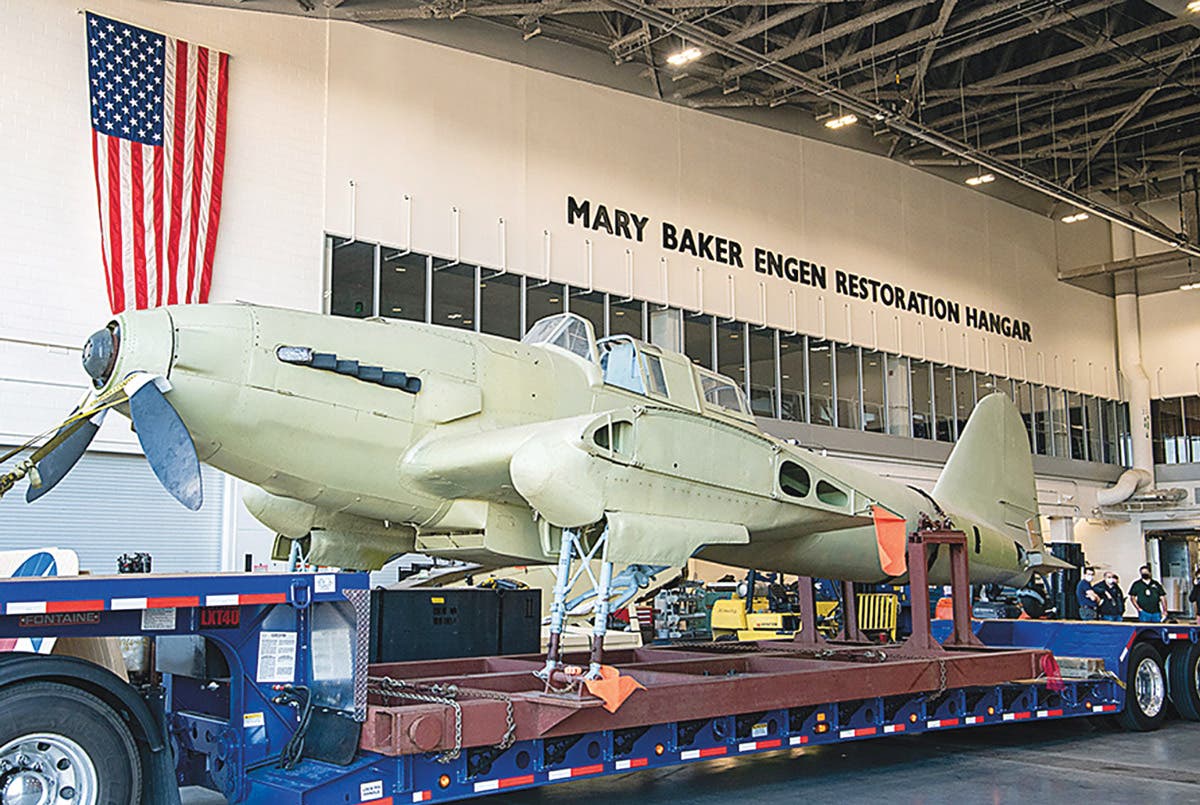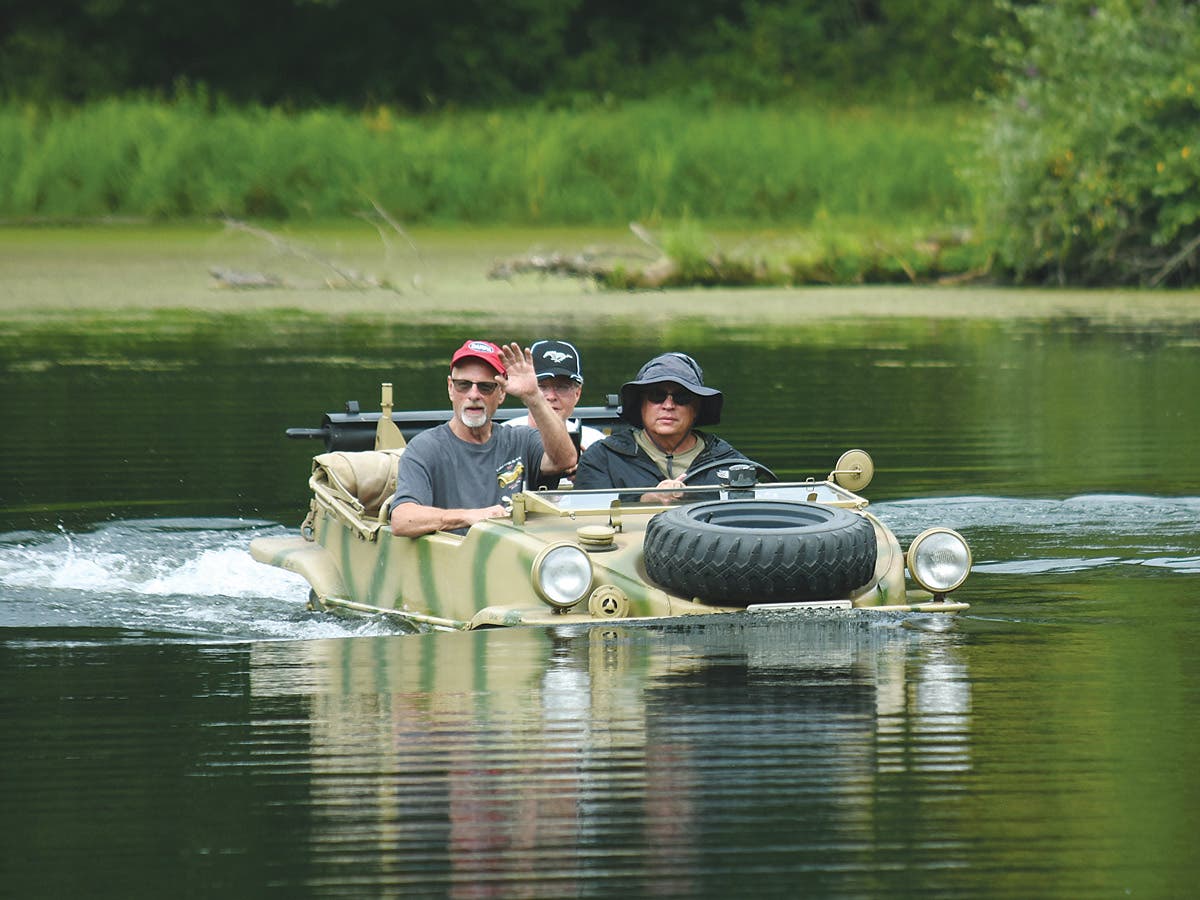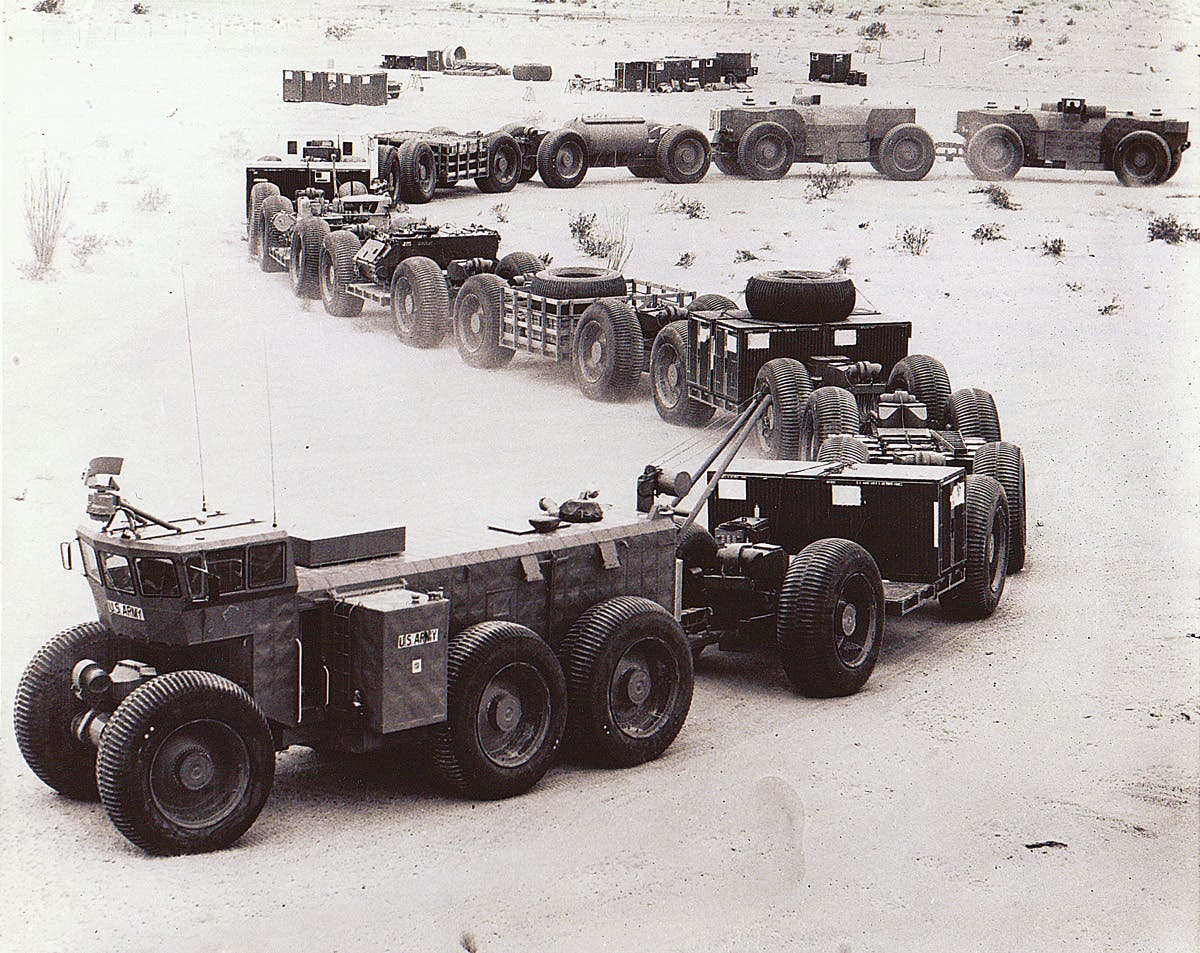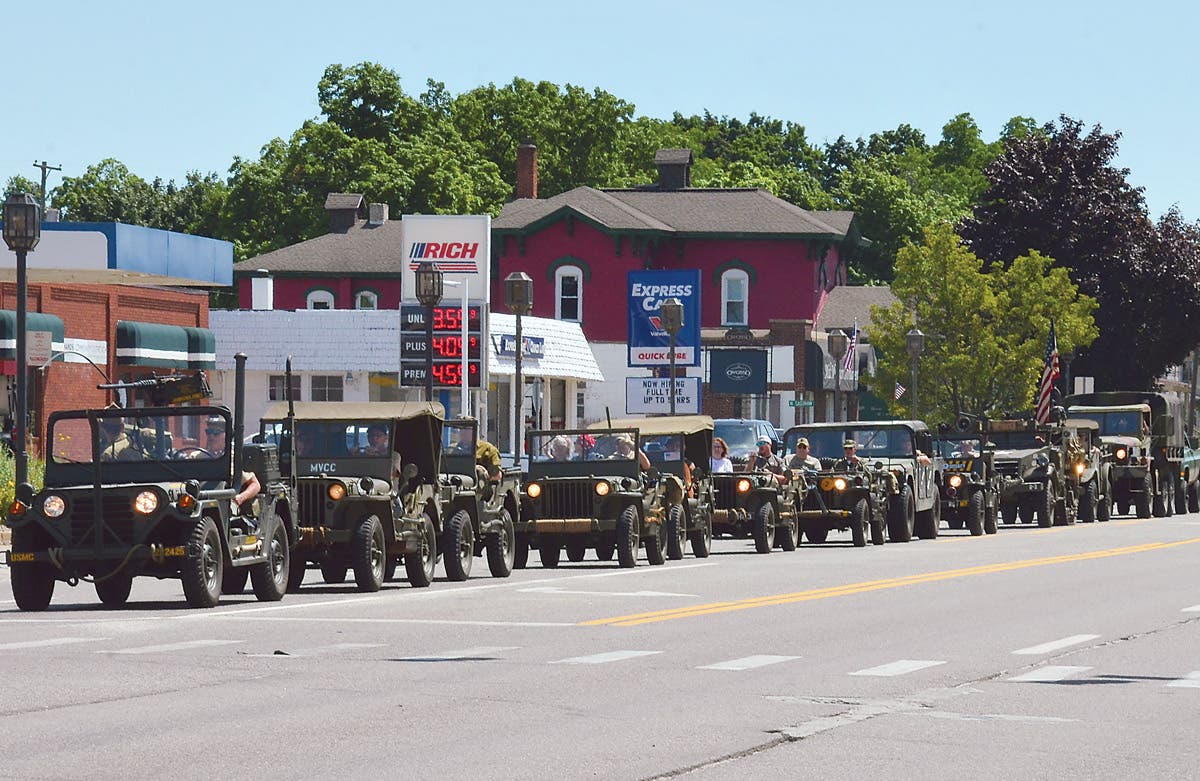Military Vehicles Communications 2020 no. 1
Military Vehicles Magazine loves correspondence from our readers. Here’s what’s on your mind.
GAS WOES
One of our 83/329 re-enactors, Jay Lovell, of Middlefield, Ohio, has a Willys MB with a modified CJ gas tank. He has run out of gas more times than all the other guys put together.
Here in Northeastern Ohio, we are fortunate that there several places where we can still buy ethanol-free gasoline. Most folks do not realize just how bad ethanol is for old engines.
I have a 1939 John Deere B. It will foul plugs and quit running in just ten minutes with 10% ethanol fuel. Since switching back to ethanol-free gasoline, it runs just like it did when it was new. I did have the magneto rebuilt.
This spring, when I got it out of winter storage, it had not been run in six months. To start the engine, I rolled the flywheel forward about a quarter turn. When the magneto tripped, it fired right up and ran.
I sure am glad that we can still get ethanol-free gasoline in this area. With all this wet weather, maybe the price of corn will go high enough to stop the nonsense of putting ethanol in gasoline!
— David Dorson
TRY A CAR SHOW
I go to car shows all the time. Most of the time I take my 1935 Ford Pickup that is modified and updated. Sometimes I take one of my three jeeps or 5-ton. Some of the car shows are beginning to offer a military vehicle category in there awards.
This past February was our annual indoor car show put on by East Texas Crisis Center, a women’s and children’s abuse support organization and the local Ford Dealership. Usually, they have about 100 cars in attendance and every year they have a theme. This year’s was “Viper Invasion” They had over 50 Dodge Vipers and even had a road course set up in the parking lot to give rides in Vipers. They had a line of takers for two days
The show starts on a Friday night and runs through Sunday at 4 p.m.
I took my 1942 WWII GPW Army Jeep. I always set up a display to make it more appealing.
I always draw crowds because everyone likes an old Army jeep. It is a lot of fun and rewarding. Every time I do this, and I have done it since 2009, I get the best display and usually another trophy for best 4 wheeler. This year was no exception. They want me to bring something back next year
An added benefit is that spectators come up tell war stories and also some that have military equipment that they want to get rid of. I have collect lots of “stuff.” I have even gotten jeeps and radios for my jeeps plus much more. It is very rewarding some times.
I would encourage other military vehicle owners to get them out of the garage or barns and take them to car show. It is very rewarding.
— Jerry Gardner
M41 AUXILIARY GENERATOR
I am writing to you because I know you have great familiarity with many military vehicles. One of my personal favorites is the M41 Walker Bulldog. I had only a brief experience with it at Fort George G. Meade, MD in 1957 just before the 2nd Armored Cavalry was gyroscoped to West Germany for the last time.
I have a good collection of books and articles about the M41. The one thing that is missing in all of them is a thorough discussion of “Little Joe”, the auxiliary power generator for the tank.
I have just received and gone through book 67024, “M41 Walker Bulldog Walk Around”, from Squadron Publications. The only mention of “Little Joe” is in regards to the external muffler. How can that be?
If you have any pictures and documentation about the M41 auxiliary power generator, or if you can advise me of a source for those items, please advise me as to how I can get them into my hands.
Thank you for all of your efforts with military vehicles. Your works have brought me great joy and comfort through the years.
—Robert Burns Wadley
Amarillo, Texas
I had to do some head-scratching on the M41’s auxiliary generator before I remembered R.P. Hunnicut’s treatise on light tanks in his M551 Sheridan book, A History of the American Light Tank, Vol. 2 (Presidio: 1995). In it, he states (pp 32-33), “The auxiliary generator and its engine were located in the right front corner of the engine compartment with the exhaust pipe protruding through the top of the hull. No mufflers were installed on the auxiliary engine exhaust on vehicles 1 through 1367. On tanks 1368 through 2289, a small muffler was mounted on top of the right main engine muffler. This installation was unsatisfactory with the auxiliary engine muffler often being damaged by heat from the main engine muffler. Beginning with tank 2290, a larger muffler mounted on the right front fender was provided for the auxiliary engine.” — JAG
Military Vehicles Magazine welcomes correspondence from readers. Letters and e-mail must include a name and regular mail return address. Published letters reflect the opinions of the writers. Military Vehicles Magazine reserves the right to edit all letters for clarity, brevity, and other purposes. Address all correspondence to: Editor, Military Vehicles Magazine, 5225 Joerns Drive, Suite 2, Stevens Point, WI 54481, or e-mail to:jadams-graf@aimmedia.com
From the staff of North America's no. 1 historic military vehicle source -- Military Vehicles Magazine








